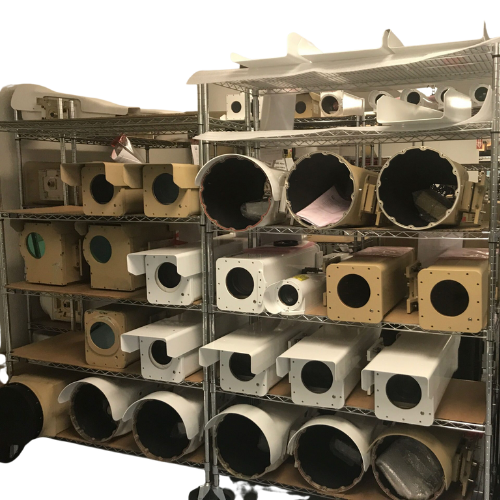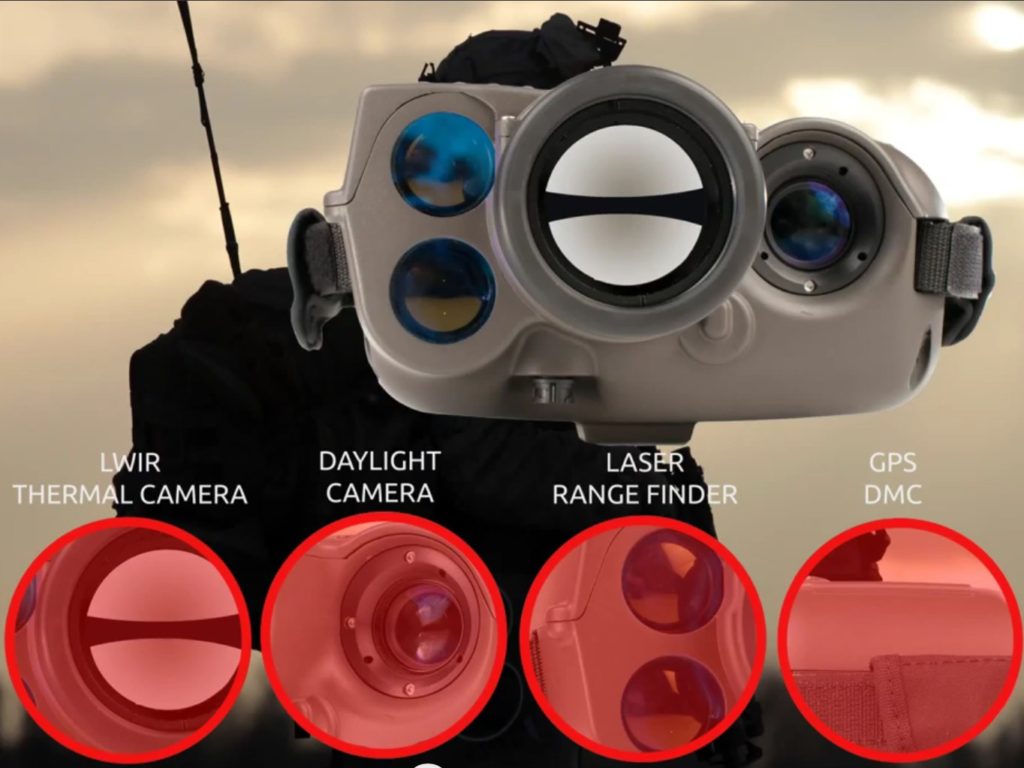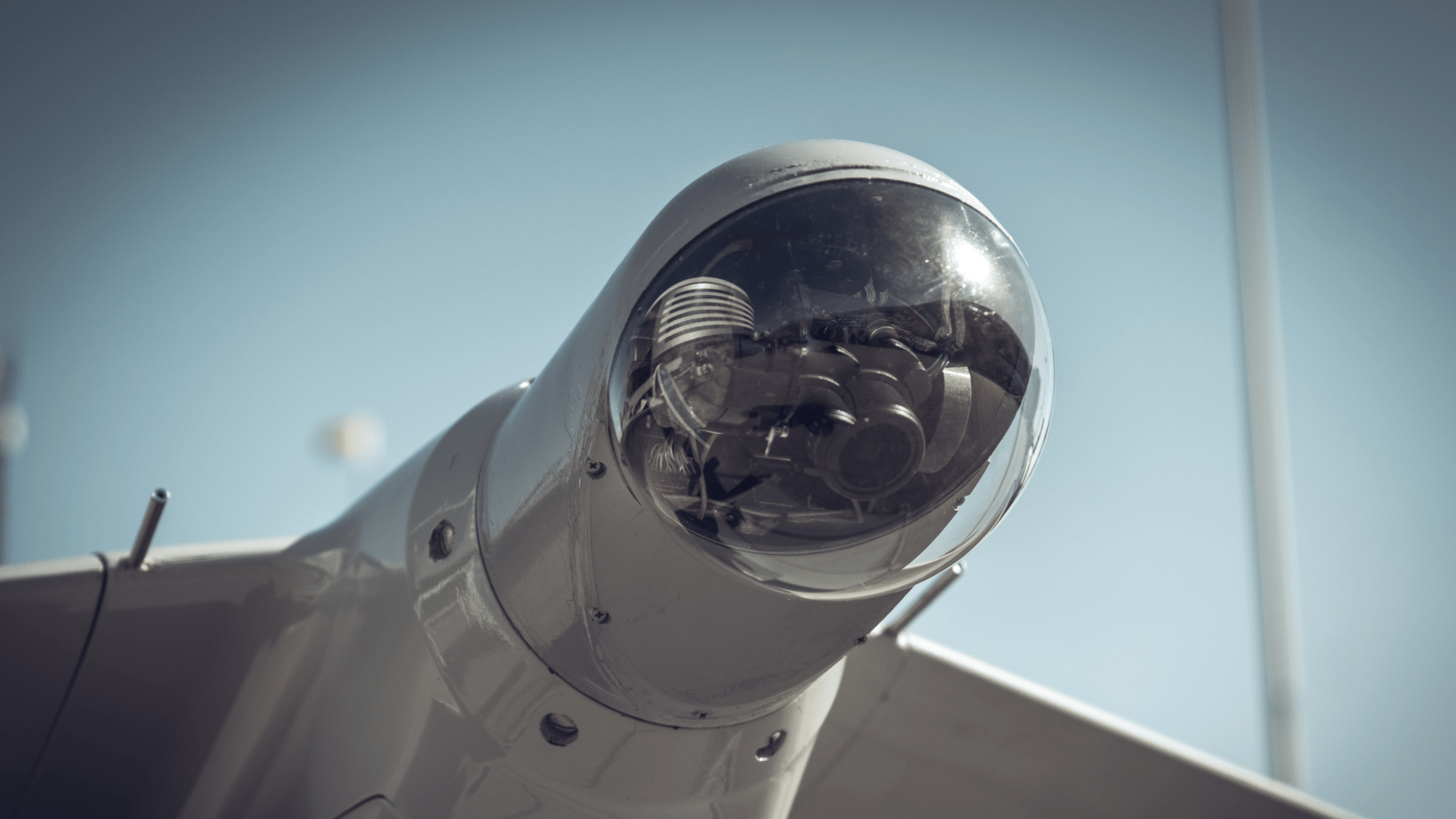Unmasking the Distinction: Thermal Imaging and Infrared Imaging
Understanding Thermal Imaging
Thermal imaging, often referred to as thermography, is a method of capturing images of an object by detecting the infrared radiation it emits. The key factor behind thermal imaging is the emission of heat, or thermal energy, by all objects. In essence, a thermal imaging camera picks up the subtle variations in heat and translates them into a visible image.
Infrared Imaging Explained
In contrast, infrared imaging is a broader term that encompasses all techniques that utilize infrared radiation, including thermal imaging. Infrared imaging systems detect the infrared energy emitted, reflected, or transmitted by objects, and then convert this into an electronic image. Infrared imaging includes Near-Infrared (NIR), Short-Wavelength Infrared (SWIR), Mid-Wavelength Infrared (MWIR), and Long-Wavelength Infrared (LWIR), each with their unique applications and characteristics.

Thermal Imaging Cameras vs. Infrared Cameras
Functionality and Use Cases
Thermal imaging cameras excel in complete darkness, through fog, smoke, and other visual obstacles, as they solely rely on the heat emitted by objects. They are commonly used in surveillance, navigation, and industrial inspection tasks.
On the other hand, infrared cameras, particularly those operating in the NIR and SWIR bands, need some light to function. These cameras are used for applications where subtle differences in reflectance are important, such as inspecting solar panels, agricultural monitoring, or in recycling plants to sort materials based on their infrared reflectance properties.
The Technical Distinction
In essence, all thermal cameras are infrared cameras, but not all infrared cameras are thermal cameras. Thermal cameras specifically use the long-infrared spectrum (typically 8-14µm) and are passive, meaning they only detect radiation emitted by the object itself.
Conversely, infrared cameras operating in the NIR and SWIR bands require some external light to create an image. They detect reflected radiation, and thus they rely on an external infrared light source, similar to how a traditional camera requires visible light to produce an image.

SPI Corp: Pioneering Innovations in Thermal and Infrared Technologies
A Look into SPI Corp’s Product Portfolio
At SPI Corp, we offer a wide range of both thermal and infrared imaging products designed for various industry applications. Our thermal imaging cameras, such as the X26 Thermal Rifle Scope, m7, m9, or m11 long range thermal imaging PTZ cameras utilize state-of-the-art sensor technology to deliver high-quality images even in total darkness or challenging weather conditions.
On the other hand, our infrared solutions, like the IR148 MWIR Infrared Camera, provide exceptional performance in applications that require superior detail and high sensitivity to temperature differences.
Whether you require surveillance solutions for security purposes, imaging devices for industrial inspections, or advanced scopes for navigation, SPI Corp’s range of thermal and infrared products deliver outstanding performance to meet your needs.
In Summary: Thermal and Infrared Imaging at a Glance
The Right Technology for the Right Task
Understanding the differences between thermal and infrared imaging helps in selecting the appropriate technology for the task at hand. At SPI Corp, we specialize in providing the right solution to suit your unique requirements. With our cutting-edge thermal and infrared imaging products, you can count on accurate, reliable, and high-quality results, regardless of your industry or application.
